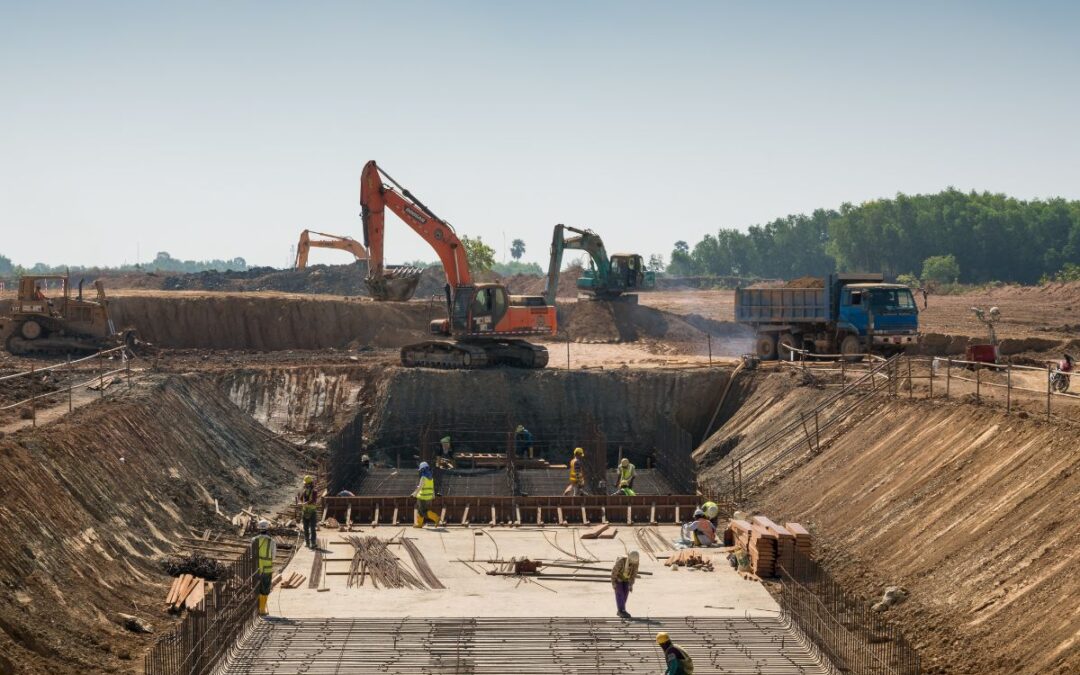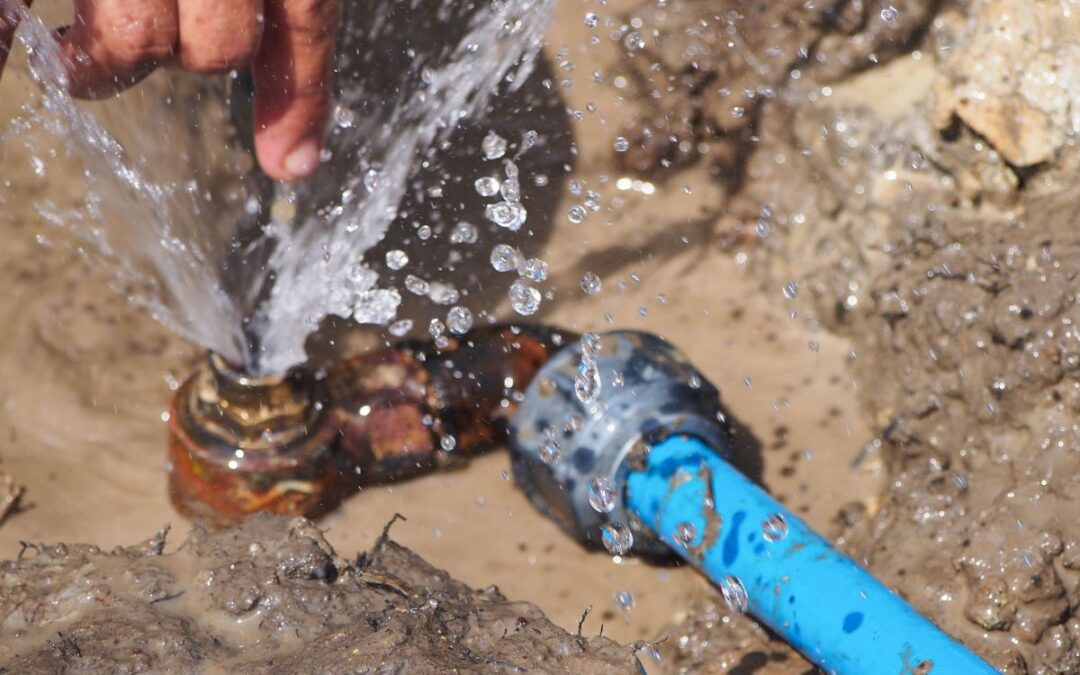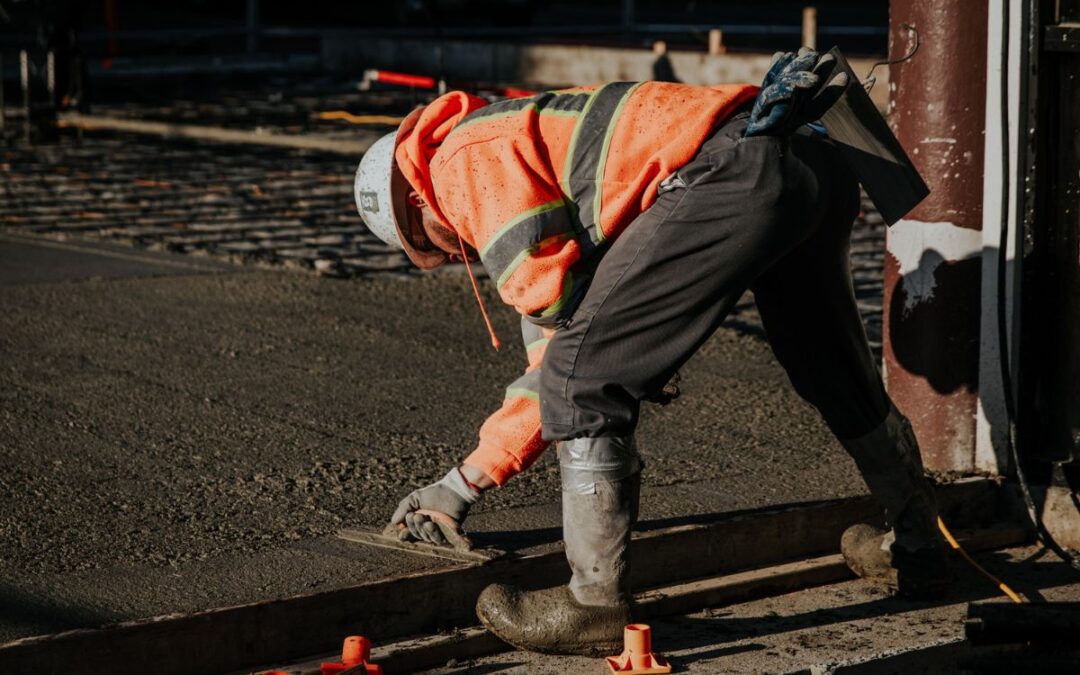The process of curing concrete, which consists of five phases, is designed to maintain appropriate moisture content and temperature levels in early-age concrete so that it can reach its specific mix strength. Why is achieving the right amount of moisture during this process so important? Because hydration tends to dry out concrete due to heat loss.
In addition, to ensure the strength and quality of a concrete pour, it must be cooled to reduce its temperature. A concrete pour generates a significant amount of heat (i.e., creates an exothermic reaction), which raises the overall temperature of the element. Generally, the higher the concrete content, the higher the temperature.
Concrete Pouring in Cold Weather
When the ambient temperature is too low, concrete hydration slows down or even stops altogether. This is an undesirable outcome because the development of concrete strength will be significantly reduced or halted altogether.
For example, if concrete freezes while still fresh or before it has developed sufficient strength, the resulting ice causes the cement paste matrix to break, causing irreparable strength loss. This reduced strength means that the concrete pour will crack in the future or, in some cases, become unusable, causing massive delays in project completion. One way to avoid this is to avoid pouring concrete on
frozen soil, snow, or ice and use heaters to thaw the soil before pouring.
Concrete Pouring in Hot Weather
Imagine you and your team are building a new road in your city that is expected to have high-density traffic. Because the project is being completed in the middle of summer, your concrete pours are being exposed to high temperatures, which accelerate their hydration.
As a result, the concrete will gain strength fairly quickly, but the bond between the cement grains weakens. Therefore, the concrete will lose strength later and become less durable over time, compromising the structural integrity of the road and increasing its chances of cracking.
High temperatures can also cause a high temperature gradient in the concrete that can cause thermal cracking.
How can you prevent these scenarios from happening?
One common method used is to replace part of the water added to the mix with flake ice. The transition from flake ice to water absorbs a lot of energy, which significantly reduces the temperature of the concrete mix. However, it should be noted that liquid nitrogen is another element that can be added to the concrete water mix.




